Charlotte Snoonian is an Armenian-American student from Boston. She has arrived in Armenia through the initiative of The Armenian Project (TAP) created by the Hovnanyan Foundation and is working as an intern at Mediamax media company. This is Charlotte's first visit in Armenia.
My last name and my family’s often impromptu decision to make dolma together are my only connections to my Armenian heritage. As an Armenian American born and raised near Boston, I’d never been to Armenia before about two weeks ago, and I didn’t grow up in an Armenian community or learn the language. But food brought me closer to calling Armenia home than anything else.
My father’s side of the family is Armenian. His grandparents were all born in Armenia but moved to the United States as children because of the Armenian Genocide. We don’t know what part of Armenia they were from, and in the U.S., our family name is so uncommon that we know everybody who has it. Now I’m visiting Armenia for the first time, a lifelong dream of mine that I achieved much sooner than I ever expected, and it’s the perfect opportunity to witness the few family traditions I have in the place they originated.
My first introduction to my Armenian heritage came at a young age. My three siblings and I were all christened in the Armenian Church, and we attended St. Vartanantz Church in Chelmsford, Massachusetts every Sunday as children. However, the drive to get there eventually became a commitment my busy family of six simply didn’t have the time for. Instead, we began attending church right in our hometown in central Massachusetts that consists of about 4,000 people, very few of which are Armenian.
Although I appreciate the serene nature and beautiful backroads of where I grew up, the lack of people who shared my heritage meant there was no opportunity for Armenian community and tradition outside of my family, and get-togethers with extended family only happen every couple of years at Christmas or graduation parties. For that reason, most of my heritage-related gatherings take place seated at the kitchen table around a large silver pan with my twin sister and our father.
A Christmas Eve dinner with my family that included zaatar, itch, rice pilaf and dolma | Image by: Charlotte Snoonian's own archive
On any day, it’s not uncommon for someone in my family to develop a sudden craving for dolma. Such a desire is an urgent matter in our household, so by 3 p.m. that same day, the grape leaves are bought and rinsed, the pan is set on the table and the meat and rice is mixed together ready to be rolled into the leaves. Seated next to my sister and across from my father, we delicately roll the rice and meat into the leaves until we have none left, and the occasion is often paired with a passionate debate about which orientation is the right way to put them in the pan. (It’s a circular pan, so wouldn’t it make sense to line them up… in a circle?)
Image by: Mediamax
Blending traditions from both sides of my family, we celebrate Christmas on December 25 and January 6, and food is a symbol of celebration. Both occasions aren’t complete without dolma and some medley of Armenian, Middle Eastern and Mediterranean side dishes. In my family’s home, dolma is almost always accompanied by rice pilaf, tabbouleh and spinach pies, and holidays usually mean a trip to purchase choreg and lahmajun from our favorite Armenian bakery in Watertown, Massachusetts, one of the cities near Boston that is heavily populated by Armenians. Also often on the menu is itch, a bulgur and tomato-based salad I learned to make from my father.
My family’s homemade dolma, rice pilaf, itch and cucumber salad | Image by: Charlotte Snoonian's own archive
I had been searching for restaurants around Yerevan with itch listed on the menu, eager to compare it to the way I make one of my favorite dishes. The search didn’t take long, and with the first bite, I was surprised and proud that it tasted just like the one my family makes. Something I make at home was exactly what I found here. Although I’ve learned that it’s even more delicious topped with balsamic vinegar.
Trying itch in Armenia at a Lebanese Armenian restaurant | Image by: Charlotte Snoonian's own archive
Although I’ve only been in Armenia for a few weeks, I’ve chosen many meals already where dolma was on my plate. As one of my favorite foods and having been such a large part of my family traditions, trying authentic dolma in Armenia was a highly anticipated part of my visit, and I was pleased to discover they taste quite similar to my family’s recipe. Each restaurant I’ve tried so far puts a unique spin on the dish, using different combinations of spices to create distinctive flavors. Some are just the right amount of spicy, while others have a subtle citrus flavor perfect for the summer.
Image by: Mediamax
I’ve tried a wide variety of Armenian cuisine already, and I’ve thoroughly enjoyed trying dishes I’ve never even heard of before. In fact, I didn’t know dolma could be made with anything other than grape leaves. But there’s something special about reading a menu here and seeing a dish that I’ve always loved. Again, I haven’t been in Armenia long, but that familiarity gives me a unique sense of belonging. Despite my lack of connections to Armenia, there are still things I’ve done and loved my entire life that have always tied me to my Armenian roots in some way. And that fact is very validating.
Charlotte Snoonian | Image by: Mediamax
Dolma has acted as a connection in more ways than one. My mother’s side of the family is partly Lebanese, which shares a lot of similar foods and traditions as Armenians. She’s also Italian and German, and my fully Italian grandmother still learned to make dolma. Due to her love for cooking, she often hosted holidays, and we could always expect a warm ham, her signature lasagna or delicious dolma to be waiting for us when we got there. The mix of cultures throughout my family is something I truly appreciate and plan to contribute to even more. When I go back to the U.S. in about two months, I’m excited to bring back twists on my family’s old customs, like new spice combinations in our dolma or different toppings on itch, but I’m even more excited to bring back new elements of culture. I already plan to have a bowl on my kitchen table meant to be filled with apricots at all times.
Whether I’m eating dolma at home, in Armenia or at my Italian grandmother’s house, it’s something I can always count on to take me back to my roots, and it feels like home no matter where I am. Dolma is more than just a delicious dish for me. It’s a family tradition, a bond with my father and the main tie to my cherished Armenian heritage.
Charlotte Snoonian


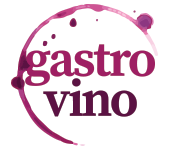
 ×
×
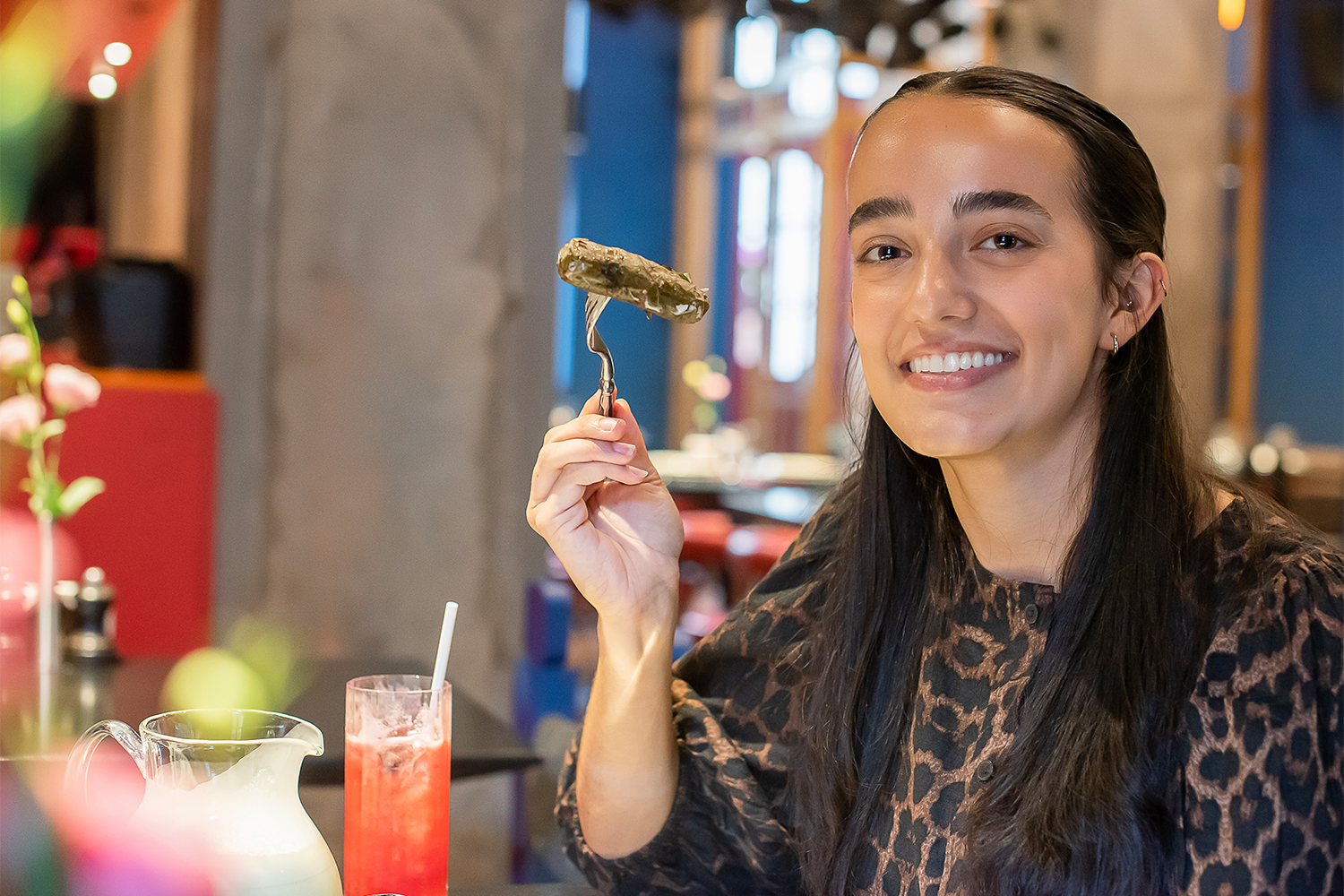

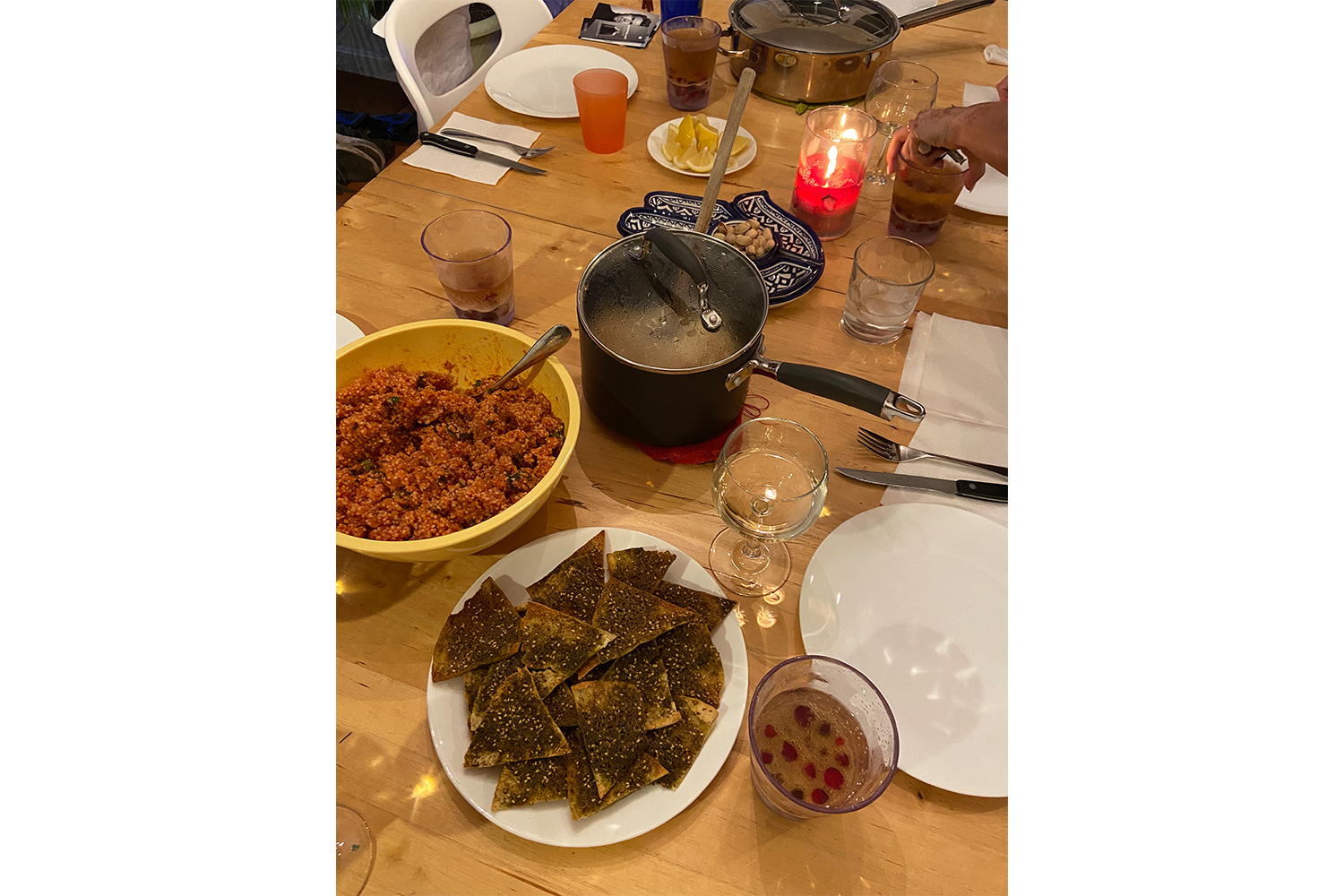
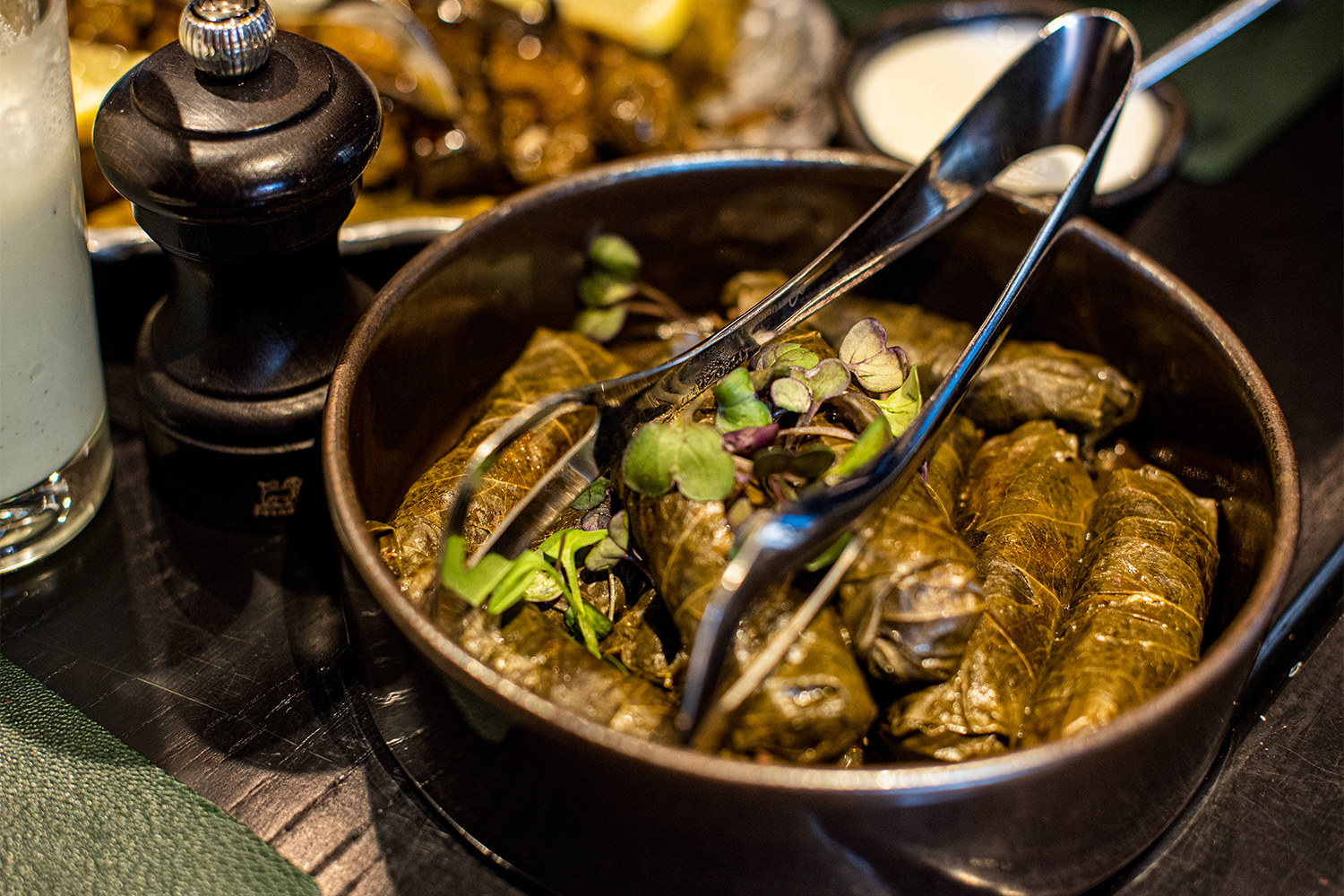
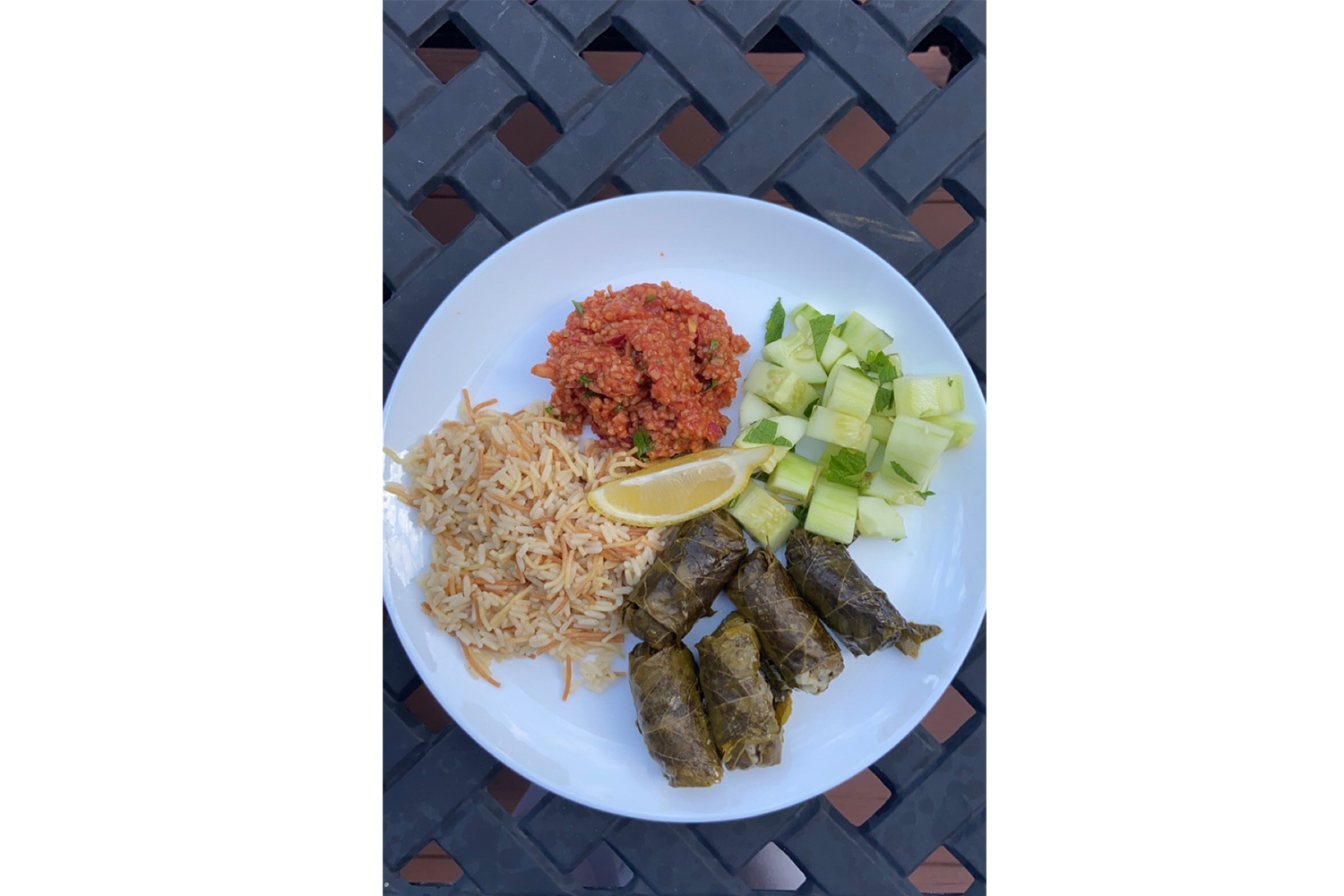
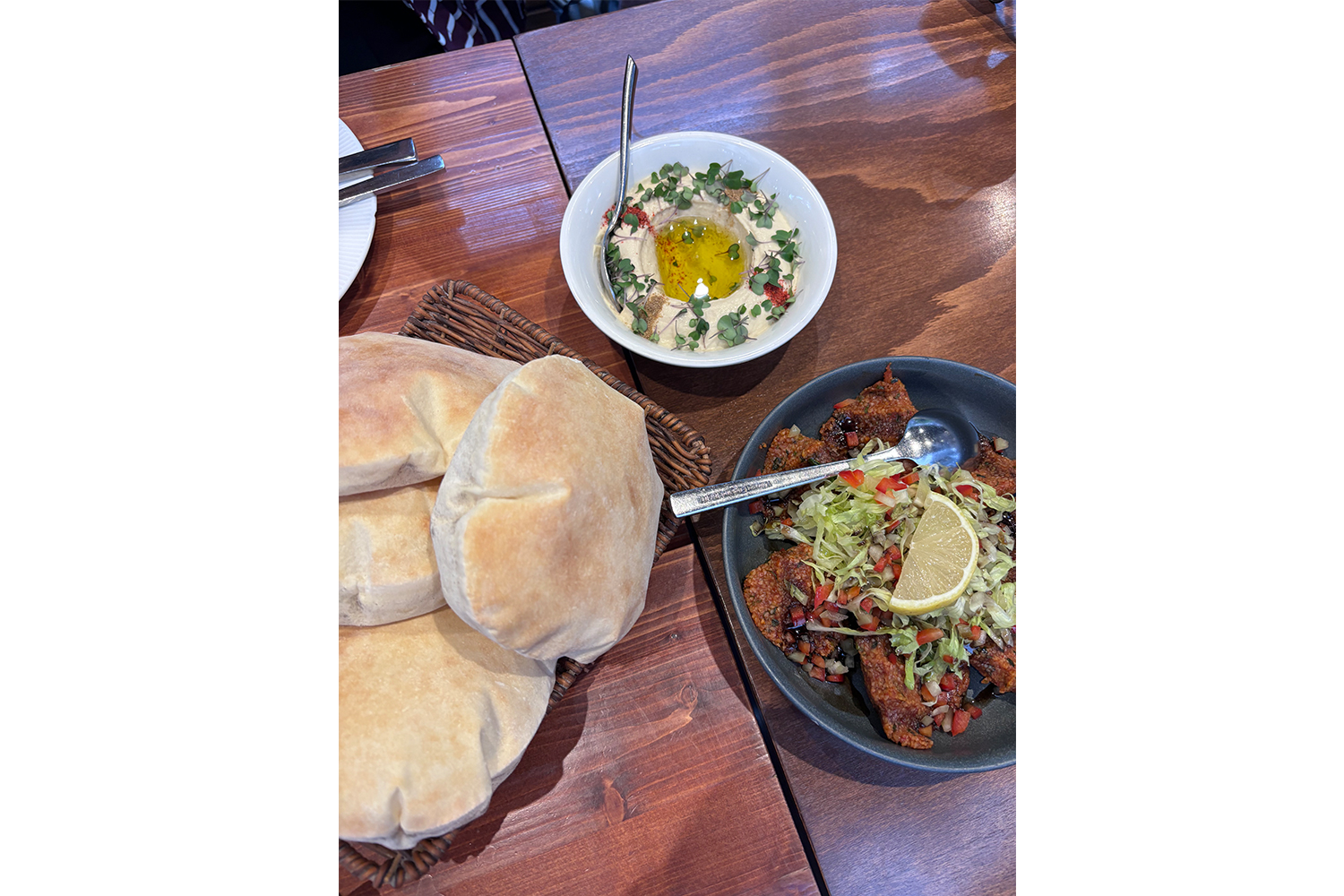
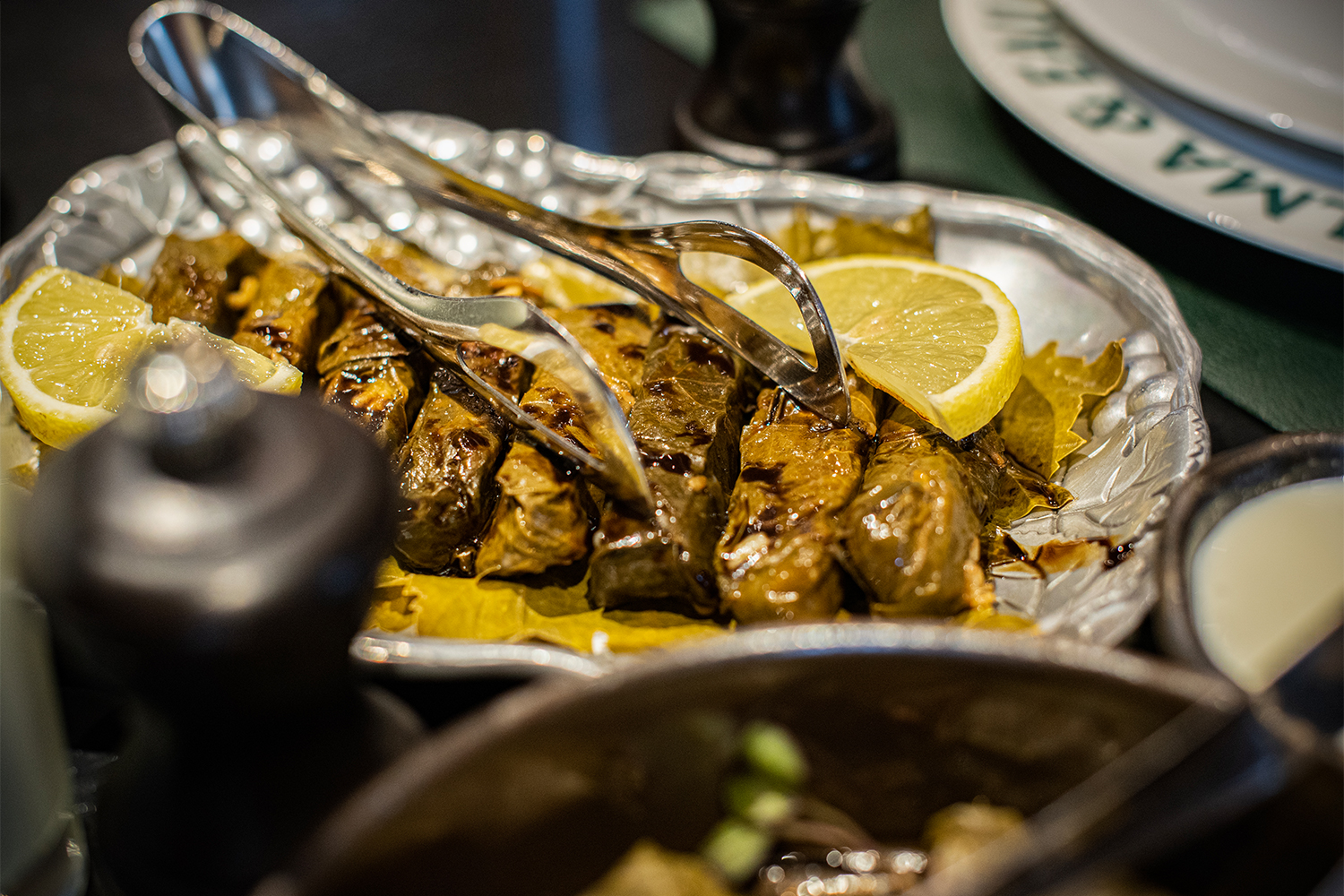
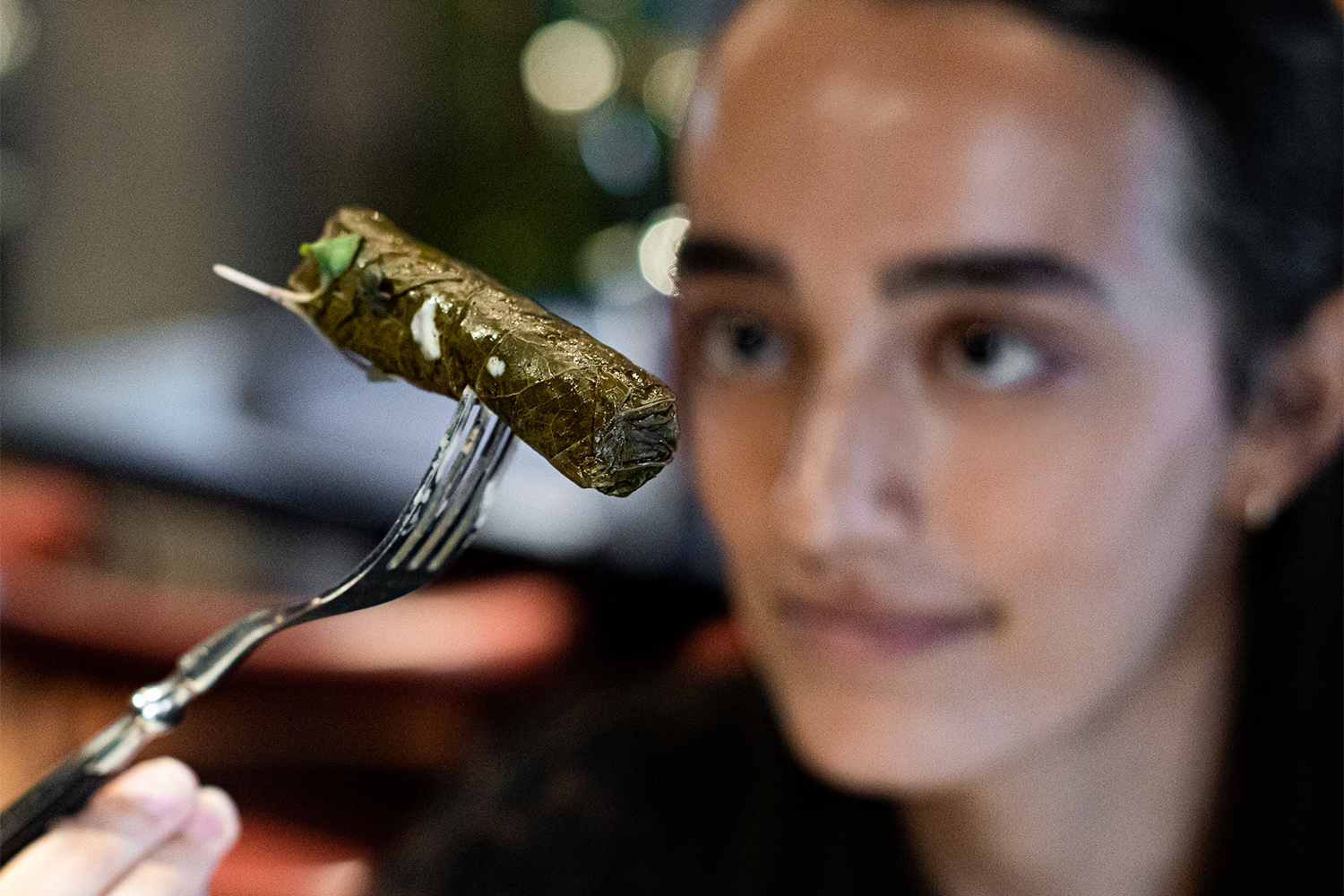




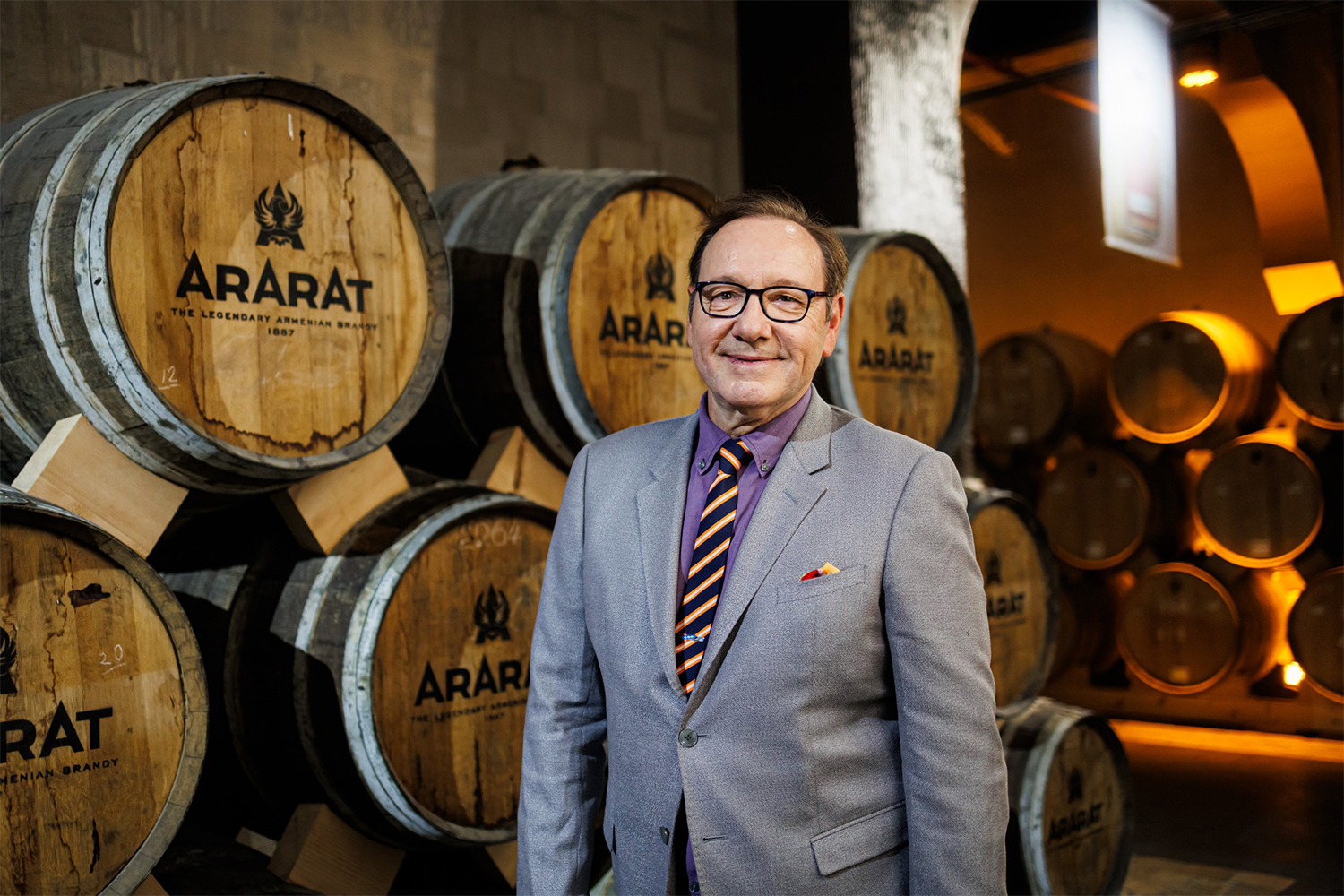
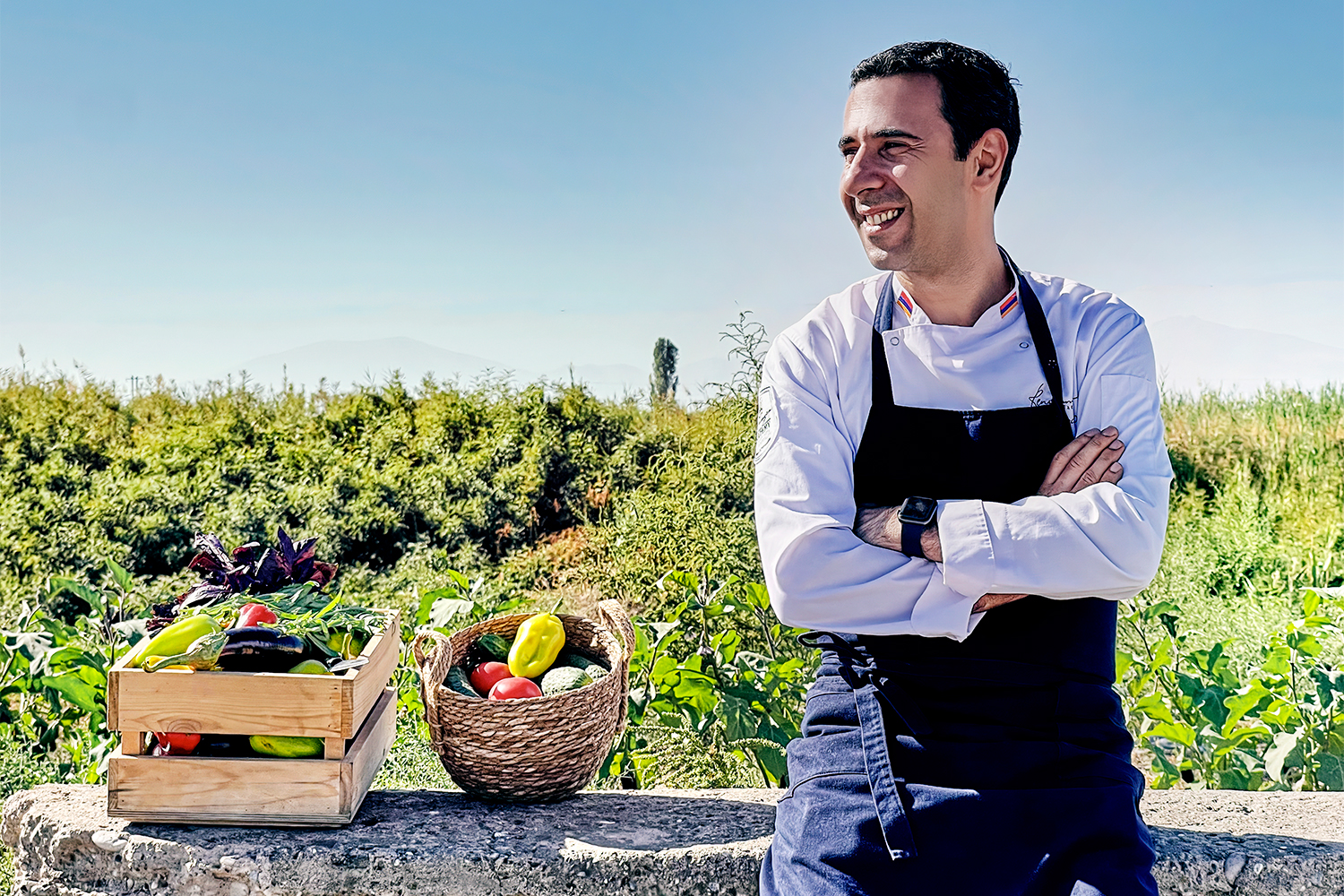

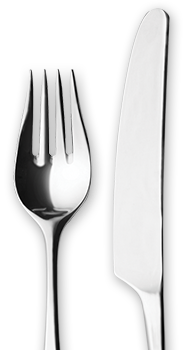
Comments
Dear visitors, You can place your opinion on the material using your Facebook account. Please, be polite and follow our simple rules: you are not allowed to make off - topic comments, place advertisements, use abusive and filthy language. The editorial staff reserves the right to moderate and delete comments in case of breach of the rules.